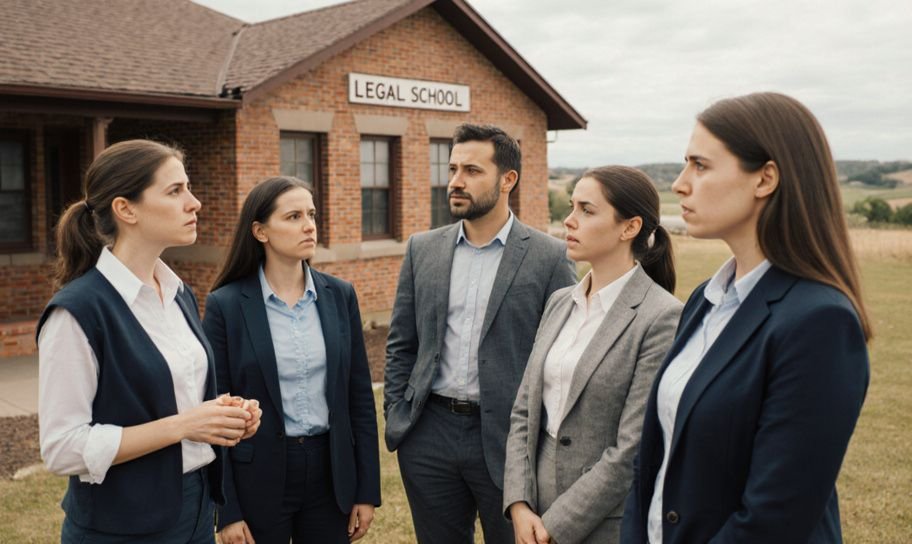
Quick Summary: The Bombay High Court dealt with multiple complaints against the Maharashtra government's teacher transfer rules. The court agreed with the government's decisions, saying they followed education laws and policies.
In this case, several teachers and groups opposed the Maharashtra government's rules for moving teachers between districts. They argued that the new rules were unfair and violated their rights.
Many groups were involved, including: - Maharashtra Rajya Padvidhar Prathamik Shikshak Va Kendrapramukh Sabha - Hind Education Society - Several individual teachers and school groups
These groups argued that the new transfer rules went against their legal rights and the principles of the Right to Education (RTE) Act.
Violation of Rights: They claimed the transfer policies violated their rights under the Maharashtra Zilla Parishads and Panchayat Samitis Act, 1961, and the Indian Constitution.
Delegation of Powers: They argued that the government wrongly gave authority to a private company for handling transfers, which should be the responsibility of the Zilla Parishad.
Impact on Education Quality: They were concerned that these transfers would harm the quality of education, especially in rural and tribal areas.
Staffing Concerns: They were worried about being labeled as extra staff and moved to schools without open positions, disrupting their careers.
The government, represented by Mr. O. A. Chandurkar, argued that: - The transfers followed the RTE Act. - The rules aimed to keep the right number of students per teacher and improve education quality. - The transfers were necessary for efficient management and better use of resources.
The court, led by Chief Justice Shree Chandrashekhar and Justice Manjusha Deshpande, sided with the state government. They found that: - The government's policies did not break any legal rights. - The transfer rules were legal and aimed at improving education. - Concerns about extra teachers were not valid as the government promised no teacher would be left without a job.
This judgment shows how courts try to balance individual rights with broader education policy goals.